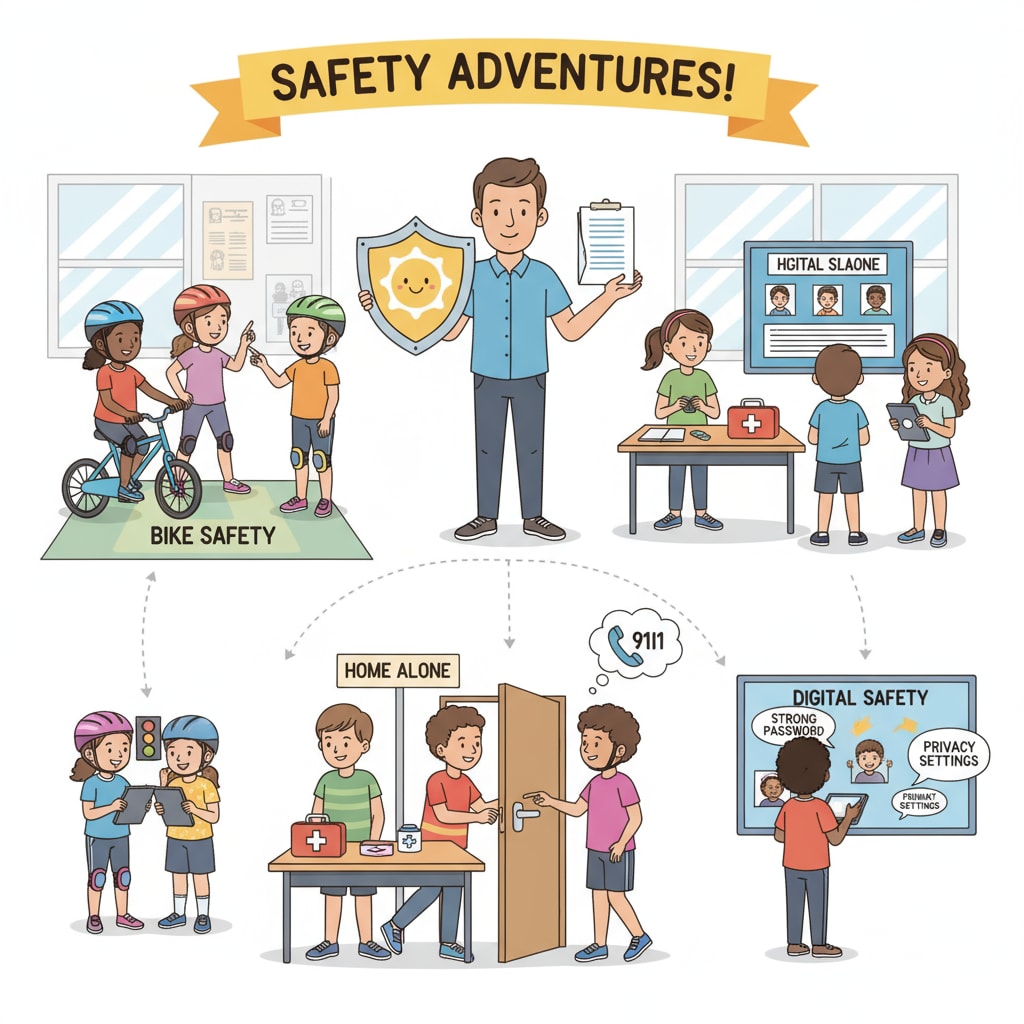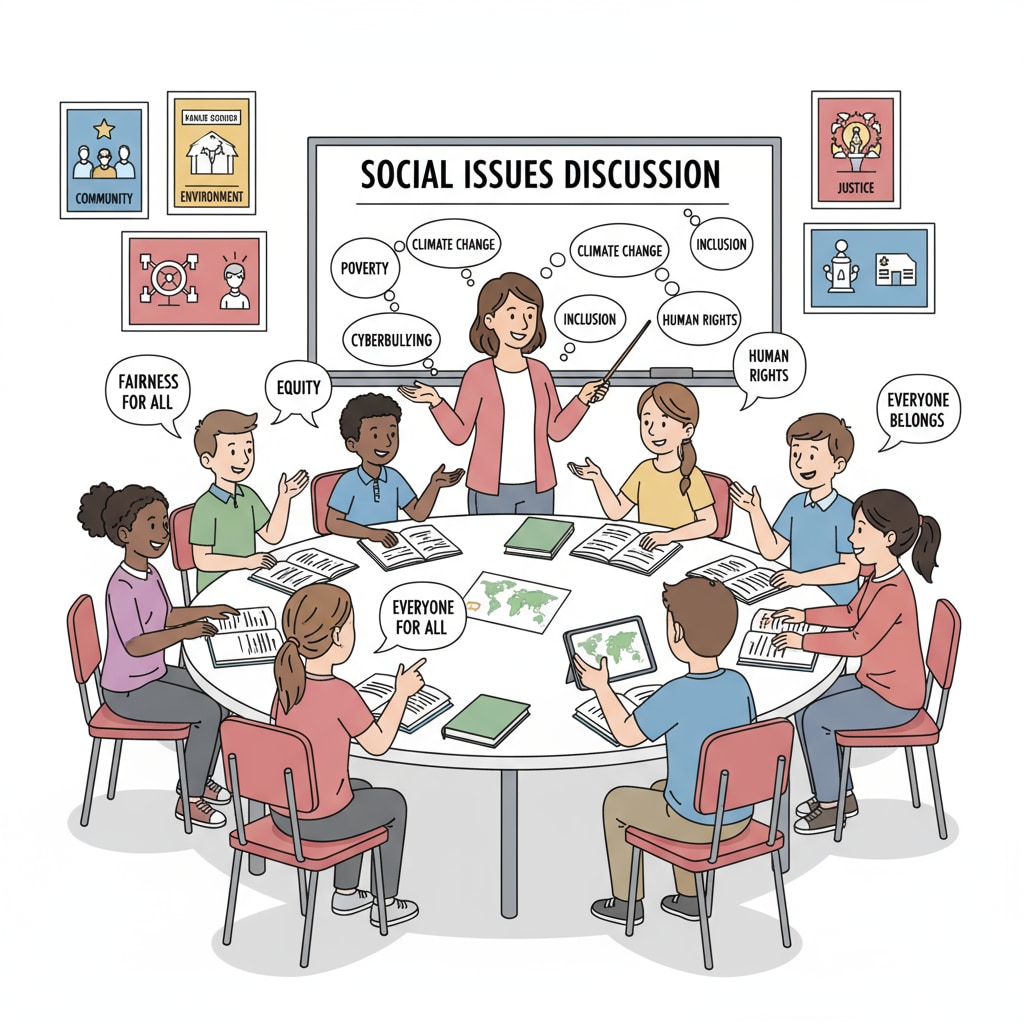The connection between protection education in K-12 schools, social change, and the development of students’ capabilities is a topic of increasing significance in the modern educational landscape. In an era where the pace of societal transformation is accelerating, understanding how K-12 protection education influences social change capacity becomes crucial.

As students progress through their K-12 education, the way they are protected and the challenges they face can have a profound impact on their ability to contribute to social innovation and change in the future.
The Current State of Protection Education in K-12 Schools
Currently, protection education in K-12 schools varies widely across different regions and educational systems. Some schools adopt a more conservative approach, focusing primarily on ensuring students’ physical and emotional safety. This may involve strict rules and regulations, closely monitored environments, and limited exposure to potentially challenging situations. For example, a report by Education Week highlights how many schools have tightened security measures in recent years. However, this overemphasis on protection can sometimes hinder students’ growth and development. On the other hand, some schools are starting to recognize the importance of providing students with a balanced education that includes exposure to real-world challenges and risks, preparing them for the dynamic nature of society.

The Influence on Social Change Capacity
The way protection education is implemented in K-12 schools directly impacts students’ social change capacity. When students are overly protected, they may lack the skills and confidence to take risks, think critically, and initiate change. Overprotection can lead to a generation of individuals who are afraid to step outside their comfort zones. Conversely, when schools strike the right balance between protection and providing challenges, students are more likely to develop the innovative thinking and resilience needed to drive social change. A study by the American Psychological Association has shown that children who are given appropriate levels of freedom and challenges in their upbringing are more likely to be active agents of change in society.
In addition, protection education in K-12 schools should also include elements of teaching students about social issues, empathy, and the importance of collaboration. By understanding the world around them and learning how to work together, students can better contribute to positive social change. This holistic approach to protection education can help students develop the social awareness and skills necessary to be effective change-makers in the future.
Readability guidance: In this article, we have explored the current state of protection education in K-12 schools and its impact on social change capacity. We’ve seen how different approaches to protection can either facilitate or hinder students’ development as agents of social change. By finding the right balance between protection and challenge, schools can play a crucial role in nurturing a generation that is capable of driving positive social transformation.


